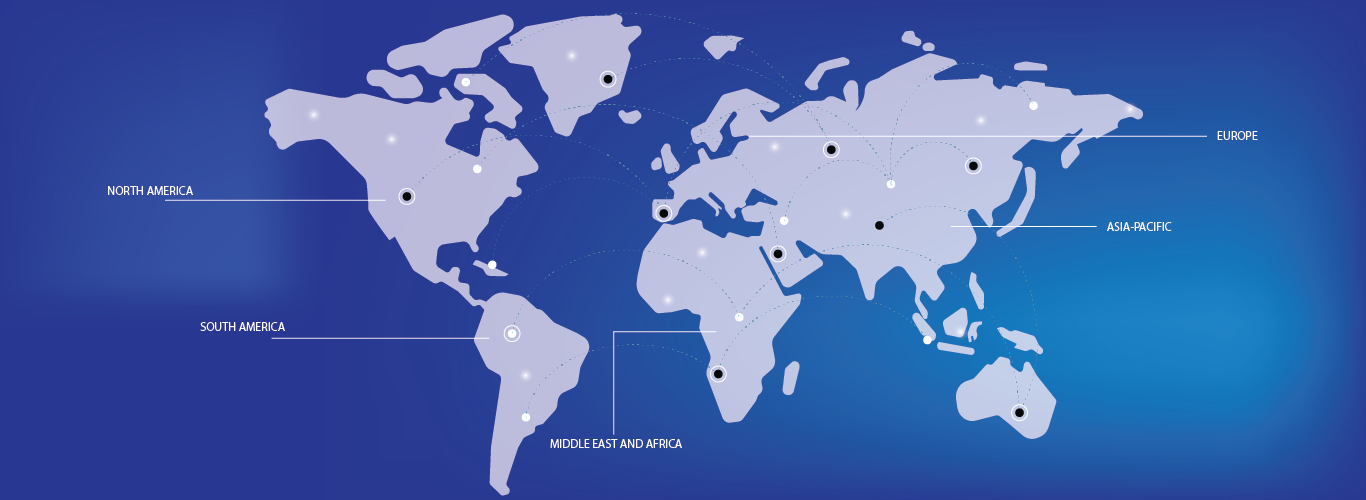Disk encryption is computer software used for security purpose to cover the sequestration of a data stored on computer media by using fragment encryption. It facilitates the encryption of the content of a data object, train, and network package or operation, so that it's secured and un-viewable by unapproved druggies. Encryption software encodes data or lines by working with one or further encryption algorithms. The role of disk encryption is to incorporate the modern technologies such as big data analytics, data intelligence and artificial intelligence into improving the organizational efficiency and effectiveness. Rising number of small and medium scale end users are increasingly understanding the importance of disk encryption.




